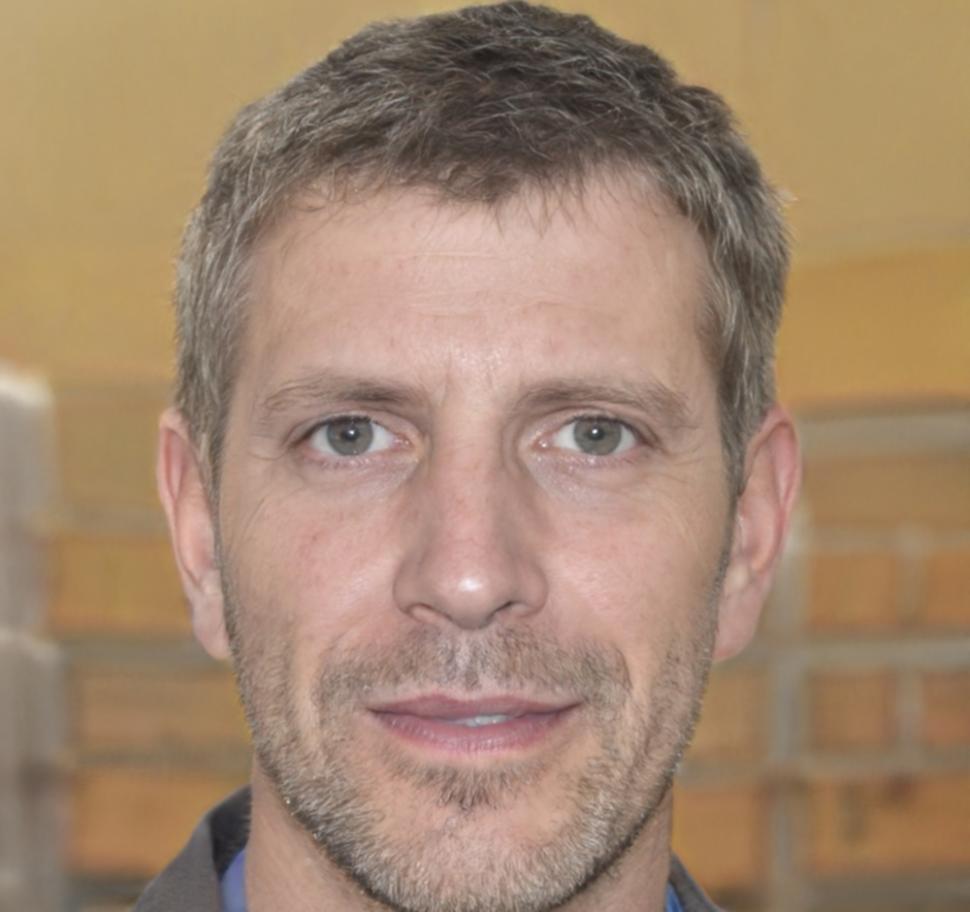Money Management Skills That Actually Stick
Our structured program teaches practical investment habits through real scenarios and hands-on exercises. No theory overload—just actionable skills you'll use right away.
Most people don't need another generic finance course. They need clear guidance on building daily habits that grow wealth over time. We focus on the practical side—budgeting rhythms, portfolio basics, risk assessment—and help you apply them to your own situation starting in September 2025.
Get Program DetailsWhat Makes Our Approach Different
We built this program after talking to dozens of people who tried other finance courses and walked away confused. They'd learned concepts but couldn't apply them. So we stripped everything back to essentials.
Each module tackles one specific habit—tracking spending, setting realistic savings targets, understanding ETFs versus individual stocks. You work through your own finances during sessions, not hypothetical examples. It's uncomfortable sometimes, but that's where growth happens.
And here's the thing: we don't rush. The full program runs 16 weeks because changing money habits takes time. You'll have weekly check-ins with instructors who've worked in portfolio management and financial planning for Canadian clients.
Real-World Practice Built In
Every module includes scenario work based on actual Canadian tax rules, TFSA limits, and RRSP contribution strategies. You'll practice with realistic numbers and timelines that match what you'll face when managing your own money.

16
Weeks of Training
8
Practical Modules
24
Hours of Instruction
12
Max Group Size
How the Program Unfolds
We've organized everything into three progressive phases. You can't skip ahead—each phase builds on skills from the previous one. Most participants find this structure helpful because it removes decision fatigue about what to learn next.
Foundation Phase
Weeks 1–5
This phase covers the habits that support everything else. You'll map your current spending, identify patterns you didn't notice before, and set up tracking systems that don't require daily effort. We also introduce basic investment concepts—stocks, bonds, ETFs—with Canadian examples.
Portfolio Building Phase
Weeks 6–11
Now you'll construct your first portfolio using either a robo-advisor or self-directed approach. We walk through asset allocation, rebalancing frequency, and common mistakes people make when starting out. You'll also learn to read financial statements and evaluate investment performance realistically.
Advanced Strategy Phase
Weeks 12–16
The final phase tackles more complex topics—dividend investing, sector rotation, hedging strategies, and retirement planning specifics for Canadians. You'll work through real scenarios like job changes, inheritance decisions, and market downturns to practice staying disciplined under pressure.
Who'll Be Teaching You

Callum Northfield
Portfolio Strategy
Spent twelve years managing client portfolios at a Toronto investment firm. Callum teaches the portfolio building and asset allocation modules with examples pulled from real client situations he's navigated.

Brynn Ledford
Tax Planning
Works as a financial planner specializing in tax-efficient investing for Canadians. Brynn covers TFSA and RRSP strategies, showing you how to structure investments to keep more of what you earn.

Sonja Kellgren
Behavioral Finance
Focuses on why people make poor investment decisions and how to build better habits. Sonja leads the foundation phase, helping participants understand their own money psychology before getting into technical details.
How to Join the September 2025 Cohort
We keep groups small—maximum 12 people—so everyone gets individual attention. The application process helps us make sure this program fits what you're looking for.
Submit Interest Form
Fill out a short questionnaire about your current financial situation and learning goals. Takes about 10 minutes.
Phone Conversation
We'll schedule a 20-minute call to discuss whether the program aligns with what you need. No sales pressure—just honest conversation.
Review Materials
You'll receive detailed program information, schedule, and expectations. Take a few days to think it over and ask any remaining questions.
Confirm Enrollment
Once you're ready, complete enrollment and you're in. We'll send pre-program materials so you can hit the ground running in September.

What You'll Need
No prior finance knowledge required, but you should have stable income and be ready to examine your spending honestly. The program works best for people who already track their money somewhat and want to level up their investment skills.
You'll need access to your bank statements and about 3 hours per week for coursework and exercises. Classes run Tuesday evenings from 7–9 PM Eastern, with recordings available if you miss a session.
September 2025 Cohort Details
- Classes start September 9, 2025
- 16 weeks concluding December 23, 2025
- Tuesday evenings, 7–9 PM Eastern Time
- 12 participants maximum
- Online via video conferencing
- All sessions recorded for review
Ready to Build Better Money Habits?
Applications for the September 2025 cohort close August 15. Get in touch to start the conversation.
Apply Now